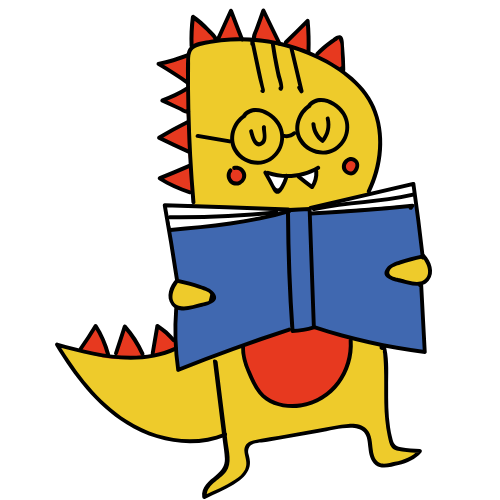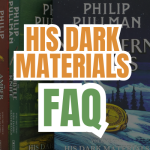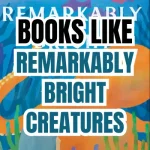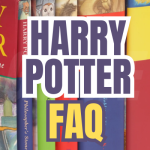If I’m being completely honest, the first time I heard the term low content books, I thought, “Wait, why would anyone want a book with less content?” But once I actually explored what they are and even tried creating a few myself, I realized they’re not about being empty. Instead, they’re about being useful, creative, and highly customizable.
Let me share what I’ve learned, why they’re becoming so popular, and how they can be a fun way to create or even start a side hustle.
So, What Are Low Content Books?
Low content books are books that don’t have much written text. Instead, they provide structured spaces for the user to fill in themselves. Think of them as “interactive books” rather than story-driven ones.
Some common examples include:
- Journals (blank, lined, or themed prompts)
- Planners (daily, weekly, monthly layouts)
- Notebooks (dotted, ruled, or graph paper)
- Logbooks (fitness logs, expense trackers, mileage logs)
- Activity books (coloring books, puzzle books, sketchbooks)
Basically, they’re books designed for use rather than for reading.
Why Low Content Books Are Everywhere
I started noticing them more once I got into journaling. Walk into any bookstore, and you’ll find shelves full of guided journals, planners, and activity pads. Online platforms like Amazon KDP (Kindle Direct Publishing) have made them explode in popularity because:
- They’re easy to create compared to a full novel.
- They solve practical needs for people (like organizing, tracking, or relaxing).
- They allow personalization, users make the book their own by writing in it.
- They’re often giftable items, everyone loves a pretty journal or planner.
My Personal Discovery of Low Content Books
The first low content book I bought wasn’t even intentional. It was a travel journal with prompts like “Describe today’s favorite meal” and “Sketch something you saw.” I filled it out during a trip, and when I looked back months later, it felt like a time capsule of memories.
That’s when I realized, these books aren’t just blank paper. They’re a framework that helps you create your own content.
Later, I even tried designing a simple gratitude journal using free templates, and I was surprised how much fun it was. It’s like blending creativity with practicality.
Should You Try Making or Using Them?
If you’re a reader or a creative, here’s why you might love them:
- For personal use: They help you organize your life, track habits, or just unwind with doodling or coloring.
- For creators: If you’ve ever wanted to publish a book but felt overwhelmed, low content books are a great entry point.
- For gifts: Custom journals and planners make thoughtful, personal presents.
Final Thoughts , More Than Just “Low Content”
To me, low content books are a reminder that not every book has to be filled with thousands of words to have value. Sometimes, the best books are the ones that let you do the writing, doodling, or dreaming.
If you’re curious, pick one up, or better yet, try creating one. You might be surprised at how much impact a “low content” book can actually have.
Know Your Author
Hi, I’m Emon
I’m the voice and heart behind Whimsy Read. After nine years in the world of banking, I followed my passion for storytelling into the world of SEO and content strategy. Now, I blend that analytical eye with a deep love for literature to bring you book reviews that are thoughtful, honest, and always focused on the stories that stay with you.
When I’m not reading or writing, you’ll find me enjoying joyful chaos with my wife and three kids, getting lost in a new series, or revisiting my old loves: theater, music, and gaming. At the end of the day, I believe great books are meant to be shared, and I’m so glad you’re here to share them with me.







Leave a Reply